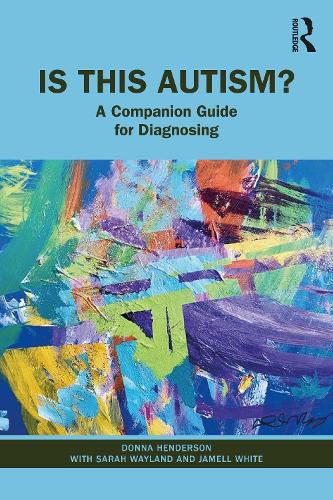Readings Newsletter
Become a Readings Member to make your shopping experience even easier.
Sign in or sign up for free!
You’re not far away from qualifying for FREE standard shipping within Australia
You’ve qualified for FREE standard shipping within Australia
The cart is loading…






This companion guide to Is This Autism? A Guide for Clinicians and Everyone Else shows clinicians how to assess for the possibility of autism in clients of all ages.
Understanding of autism has greatly expanded in recent years, and many clinicians feel ill-equipped or confused about how to incorporate this knowledge into their diagnostic process. As a result, countless unidentified autistic people do not have reasonable access to proper identification or support. This book describes current assessment methods, including interviewing, rating scales, self-report measures, social cognition tests, and behavioral observations. It also provides guidance regarding cultural considerations, common mistakes, and how to communicate with and support clients through the diagnostic process.
This very practical clinical guide provides a clear and neurodiversity-affirmative approach to autism assessment, particularly for autistic individuals who have previously been missed. It is relevant to all healthcare professionals who want to learn how to identify autism in their clients.
$9.00 standard shipping within Australia
FREE standard shipping within Australia for orders over $100.00
Express & International shipping calculated at checkout
This companion guide to Is This Autism? A Guide for Clinicians and Everyone Else shows clinicians how to assess for the possibility of autism in clients of all ages.
Understanding of autism has greatly expanded in recent years, and many clinicians feel ill-equipped or confused about how to incorporate this knowledge into their diagnostic process. As a result, countless unidentified autistic people do not have reasonable access to proper identification or support. This book describes current assessment methods, including interviewing, rating scales, self-report measures, social cognition tests, and behavioral observations. It also provides guidance regarding cultural considerations, common mistakes, and how to communicate with and support clients through the diagnostic process.
This very practical clinical guide provides a clear and neurodiversity-affirmative approach to autism assessment, particularly for autistic individuals who have previously been missed. It is relevant to all healthcare professionals who want to learn how to identify autism in their clients.